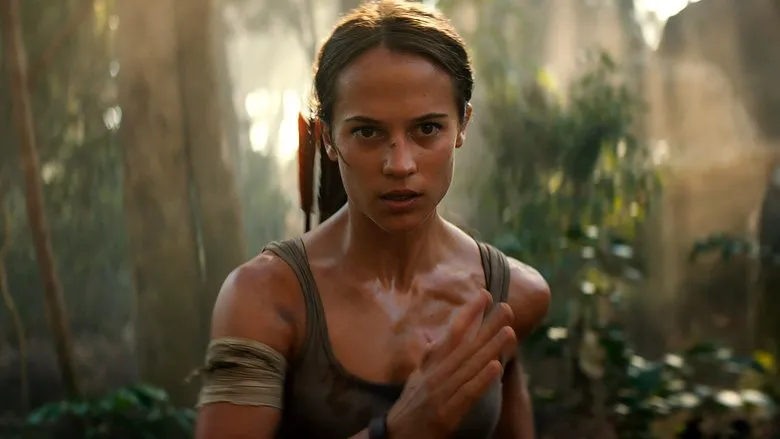Shadow of the Tomb Raider: A Deep Dive into Its Shortcomings
For some dedicated gamers, “Shadow of the Tomb Raider” hasn’t quite lived up to the expectations set by its predecessors, often considered the weakest link in the trilogy. It has even appeared on lists highlighting the least cost-effective AAA titles, prompting a re-evaluation of its merits. Let’s dissect the elements that players find disappointing, focusing on the story, visuals, and core gameplay mechanics.

Story and Narrative Woes
The Stale Taste of a Recycled Plot
The narrative hinges on the Mayan apocalypse, a theme that, while initially intriguing, has been extensively explored across various mediums. This over saturation leads to a sense of fatigue, undermining the narrative impact regardless of the game’s execution in other areas.

A Disjointed and Unengaging Storyline
The protagonist’s journey through the game feels passive, lacking the sense of agency that defines compelling narratives. Events unfold in a disjointed manner, leaving players feeling like mere observers rather than active participants shaping the story’s direction.
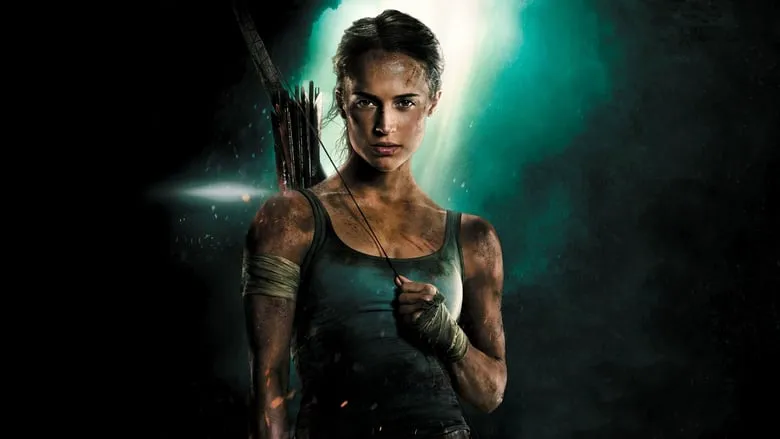
Weak Character Development
Despite featuring familiar faces and promising secondary characters, “Shadow of the Tomb Raider” struggles to imbue them with depth and vitality. They often feel like plot devices rather than integral contributors to the story. This lack of emotional resonance makes it difficult to connect with the characters, diminishing the overall immersive experience. Even Lara’s transformation into a darker, more ruthless figure feels rushed and unconvincing.
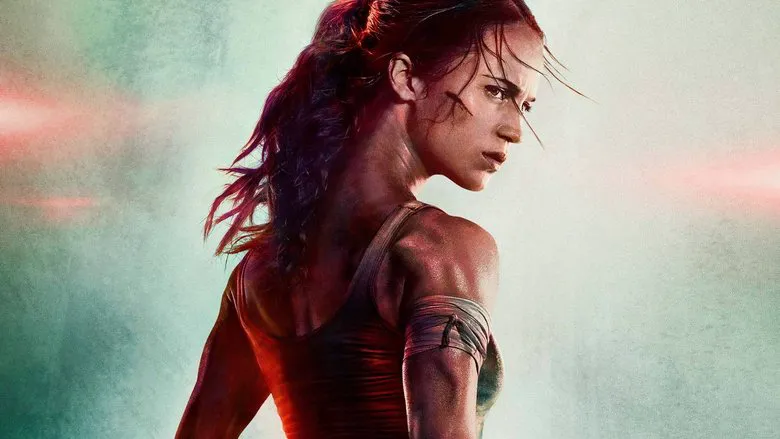
Visuals and Environmental Concerns
Monotony in the Amazon
The game is predominantly set within the confines of the Amazon rainforest, a stark contrast to the diverse locales of “Rise of the Tomb Raider,” which transported players from the arid landscapes of Syria to the frozen expanses of Russia. The limited environments contribute to a sense of visual repetition.

Optimization Lapses
For a AAA title, “Shadow of the Tomb Raider” exhibits inconsistencies in visual quality, particularly in dimly lit or nighttime scenes. Players have encountered issues ranging from character glitches and blurry textures to frame rate drops and performance stutters. Furthermore, the distant scenery often suffers from poor color representation, frequently described as having a “muddy yellow” tinge, further detracting from the visual fidelity.
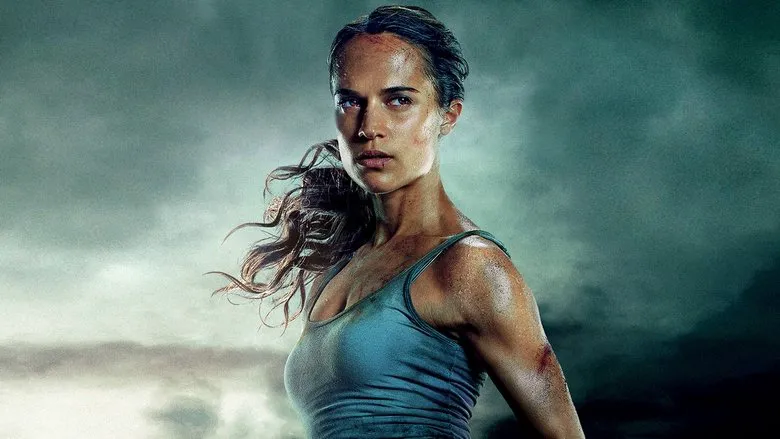
Gameplay Mechanics Under Scrutiny
The Stealth Reliance Problem
Lara’s heightened vulnerability in direct combat, coupled with the convoluted and somewhat impractical healing system, pushes players towards an over-reliance on stealth and assassination tactics. While these mechanics are engaging initially, they can become repetitive and ultimately diminish the overall enjoyment of the game over longer play sessions.
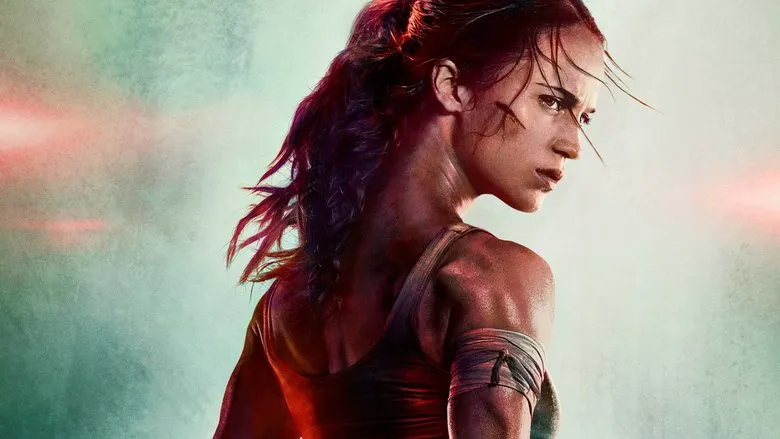
Balancing Issues
The game suffers from questionable balance choices, most notably in its puzzle design. Side tombs often present significantly more intricate and challenging puzzles compared to those encountered during the main storyline, resulting in an uneven and potentially frustrating player experience.
